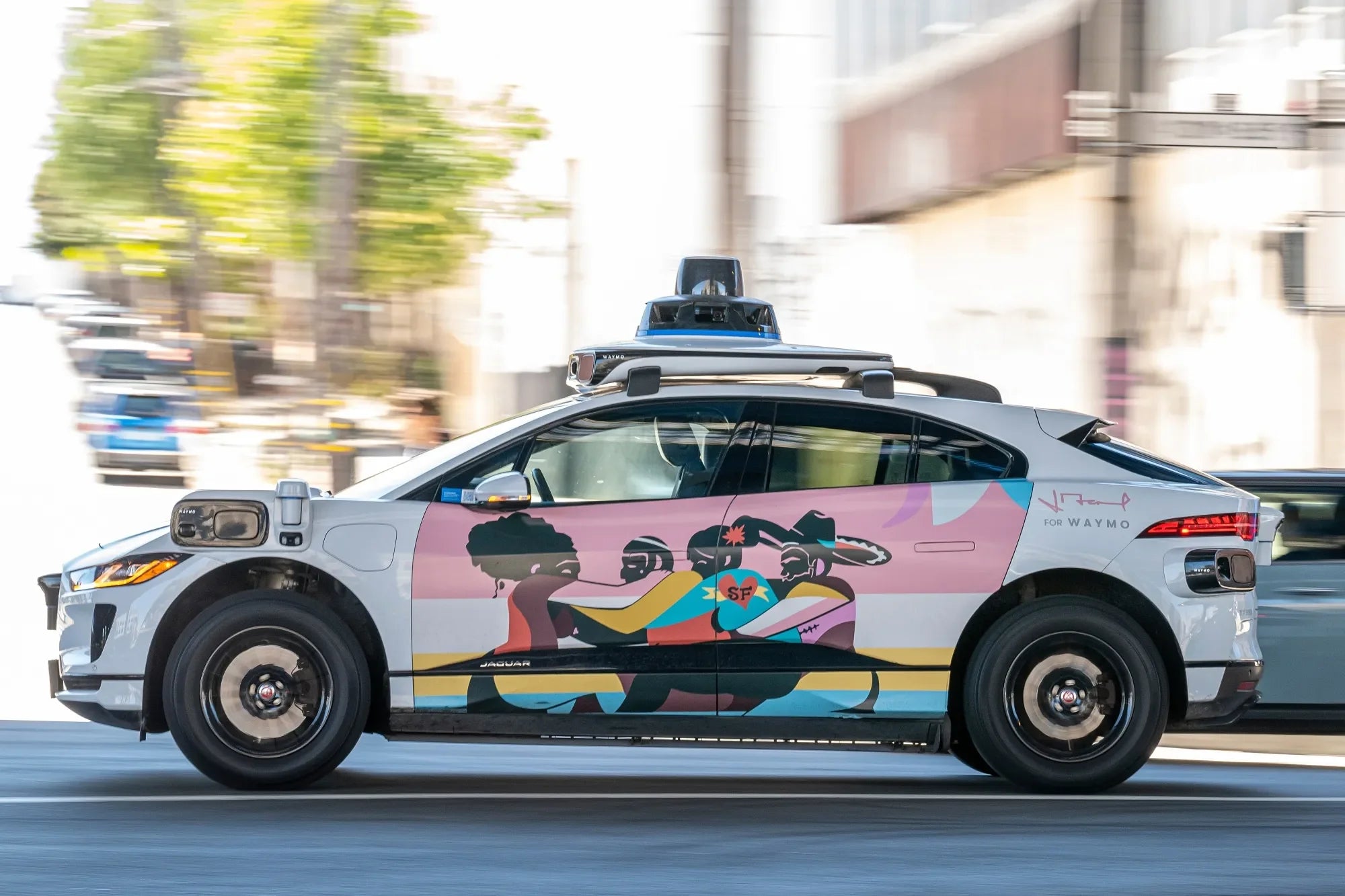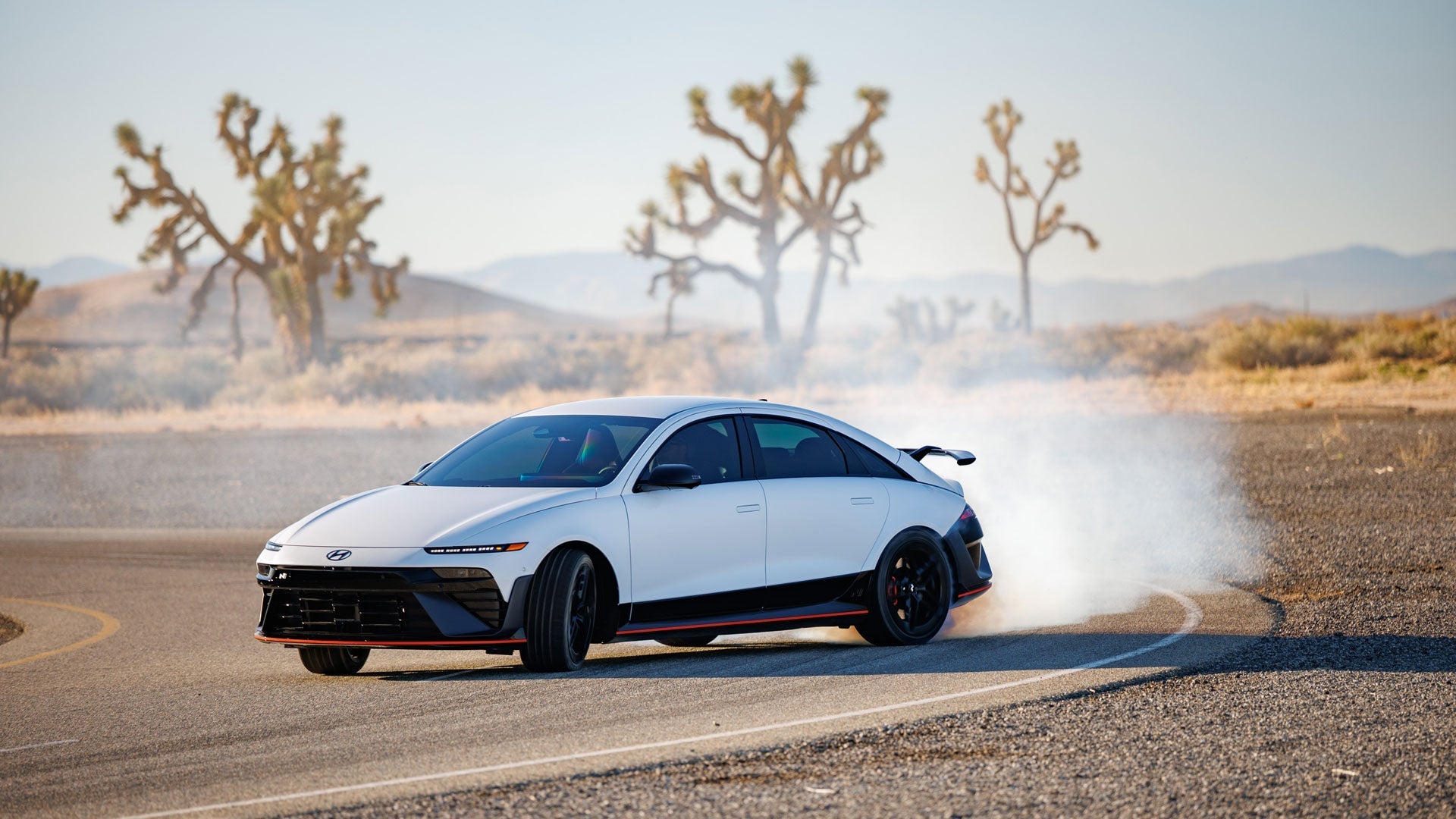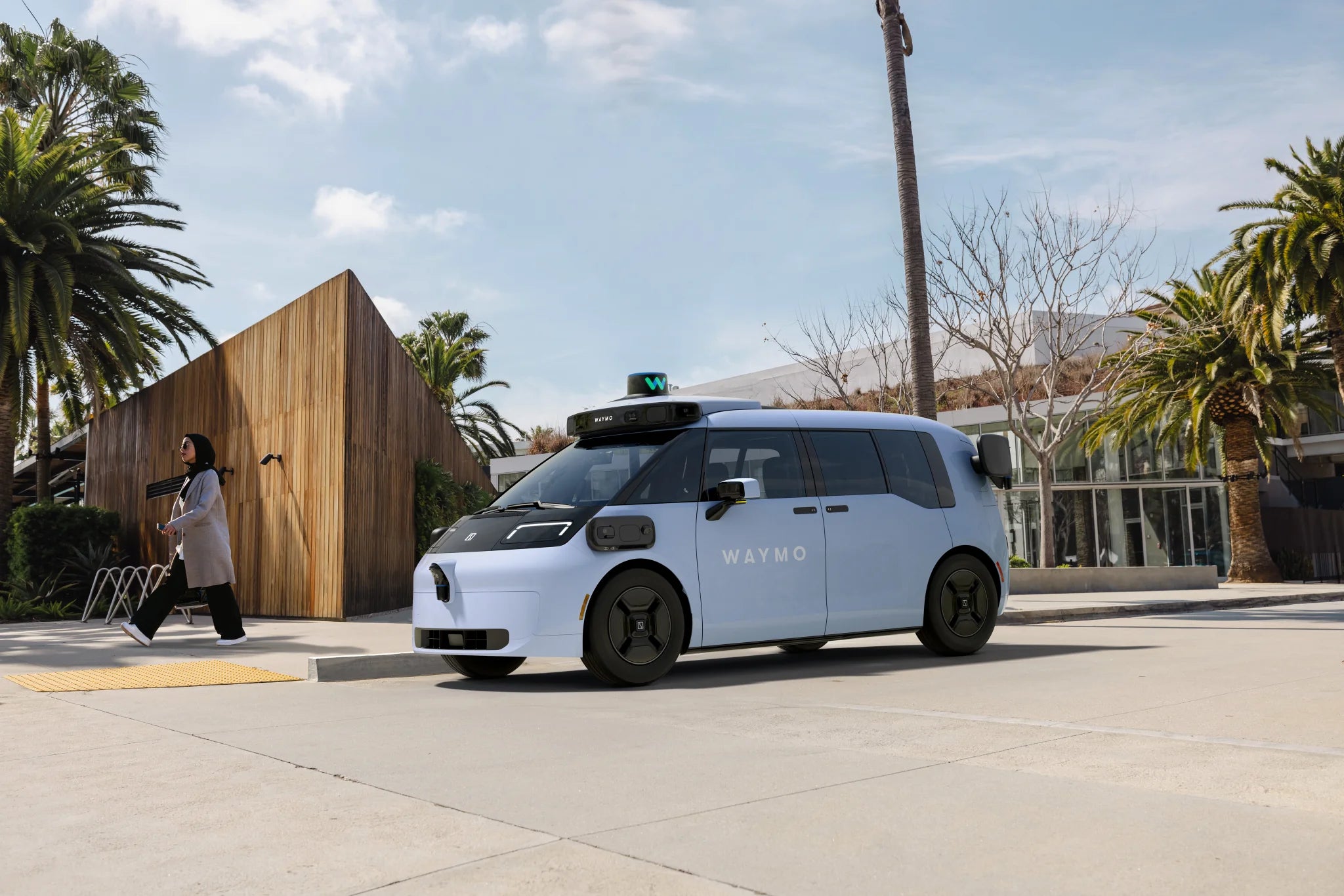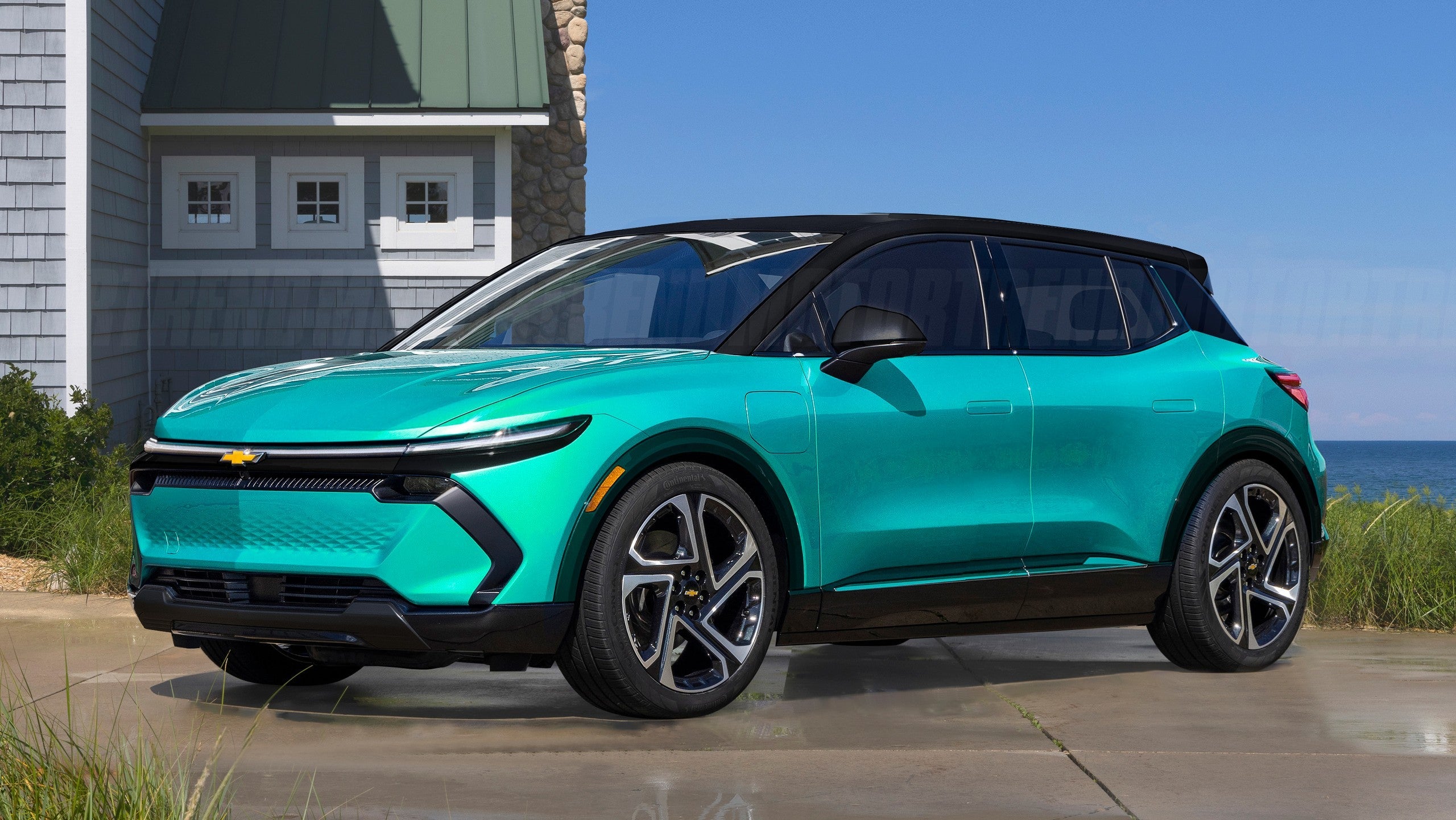Growing Momentum for Driverless Ride-Hailing
Waymo’s latest announcement confirms that its robotaxi rollout is entering a new phase of rapid growth. The Alphabet-backed autonomous driving company revealed plans to begin on-road testing in Minneapolis, Tampa and New Orleans, marking another major step toward a nationwide driverless network.
These additions mean Waymo is now preparing to operate in over 20 global cities, with several poised to reach fully driverless service in the coming years. The pace can feel dizzying, but the broader trajectory is clear: Waymo is scaling faster than any other player in the U.S. autonomous taxi market.

Waymo’s Expanding Footprint
Below is a full overview of cities where Waymo is either active today or has formally announced planned service:
Waymo Service Expansion Overview
| City | Status |
|---|---|
| Atlanta, GA | Active |
| Austin, TX | Active |
| Dallas, TX | Planned |
| Denver, CO | Planned |
| Detroit, MI | Planned |
| Houston, TX | Planned |
| Las Vegas, NV | Planned |
| London | Planned |
| Los Angeles, CA | Active |
| Miami, FL | Planned |
| Minneapolis, MN | Planned |
| Nashville, TN | Planned |
| New Orleans, LA | Planned |
| New York, NY | Planned |
| Phoenix, AZ | Active |
| San Diego, CA | Planned |
| San Francisco Bay Area | Active |
| Seattle, WA | Planned |
| Tampa, FL | Planned |
| Tokyo | Planned |
| Washington, DC | Planned |
Timeline Uncertainties and New Vehicle Platforms
Many of the planned cities—including Dallas, London, Washington, D.C. and Nashville—are expected to launch sometime in 2026, pending successful manual and driverless testing. Other markets remain without firm launch dates.
For now, all rides are handled by Jaguar I-Pace vehicles equipped with the fifth-generation Waymo Driver. Upcoming additions include a purpose-built Zeekr robotaxi and a modified Hyundai Ioniq 5, both designed to run Waymo’s next-generation hardware and software stack.
From Early Pilots to National Scaling
Waymo’s trajectory demonstrates steady evolution from early testing to commercial service. The company began limited pilot rides in Phoenix in 2017 and opened full public service there in 2020. San Francisco followed in 2024, then Los Angeles soon after. Austin and Atlanta joined in 2025, primarily via the Uber app.
According to company spokesperson Ethan Teicher, the Waymo Driver’s continued improvement is enabling faster expansion:
“The Waymo Driver is increasingly capable and generalizable, and we've been able to expand to each new city quicker than the last.”
As its technology matures, Waymo believes it can stand up new markets more efficiently than in earlier years.
Competition in the Autonomous Taxi Market
Other U.S. robotaxi operators are progressing, but at a significantly slower pace. Amazon-owned Zoox has begun offering free public rides in a small section of San Francisco, while Tesla continues testing driverless Model Ys in Austin—still with a safety monitor in the front seat. May Mobility has remained in pilot mode, though it recently partnered with Lyft to add autonomous rides in Atlanta.
Meanwhile, companies like Uber are forging broad partnerships with automakers including Lucid and Nuro to accelerate their own robotaxi deployment strategies.
Despite these developments, Waymo currently leads the U.S. autonomous ride-hailing ecosystem by a wide margin, both in operational scale and technological maturity.

The Challenge Ahead
The big question now is whether Waymo can execute simultaneous launches across so many markets at once. The company has shown that its service can deliver hundreds of thousands of rides per week in active cities—proof of operational reliability. But true national coverage will demand rapid hiring, infrastructure build-out and city-by-city regulatory engagement.
If recent years proved Waymo could walk, 2026 will determine whether it can run.
Recommend Reading: Waymo Expands Robotaxi Service to Highways in Three U.S. Cities








Share:
Ionna Expands Its U.S. Fast-Charging Network With Major California Investment
California Reassesses Its 2035 Gas-Car Sales Ban Amid EV Market Shifts